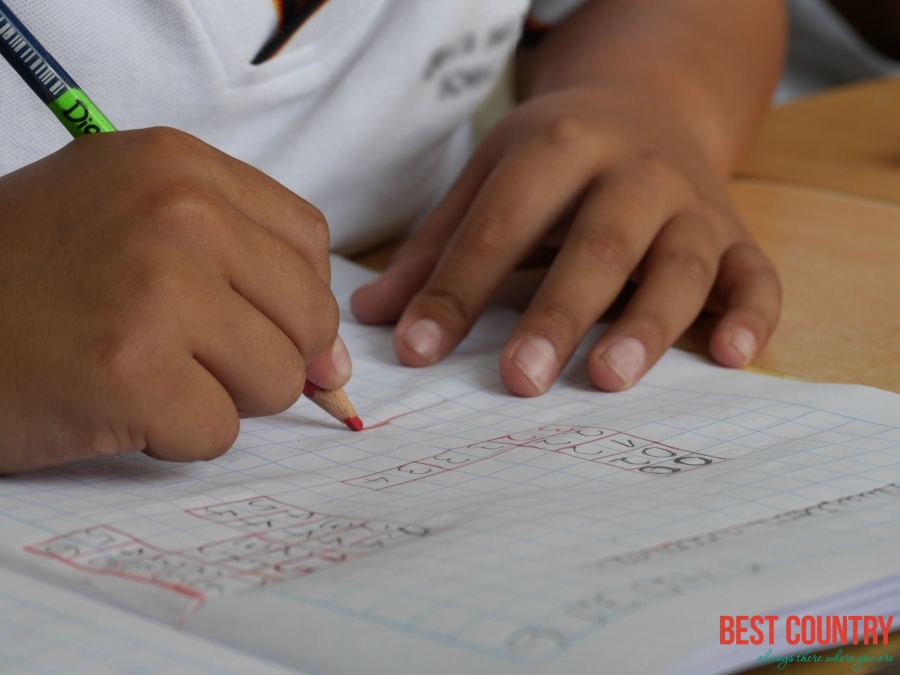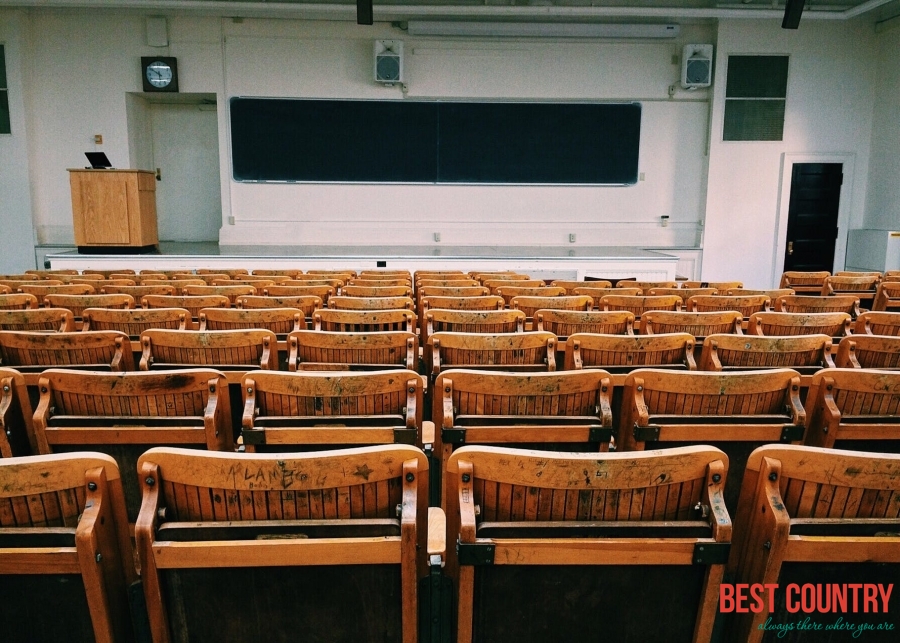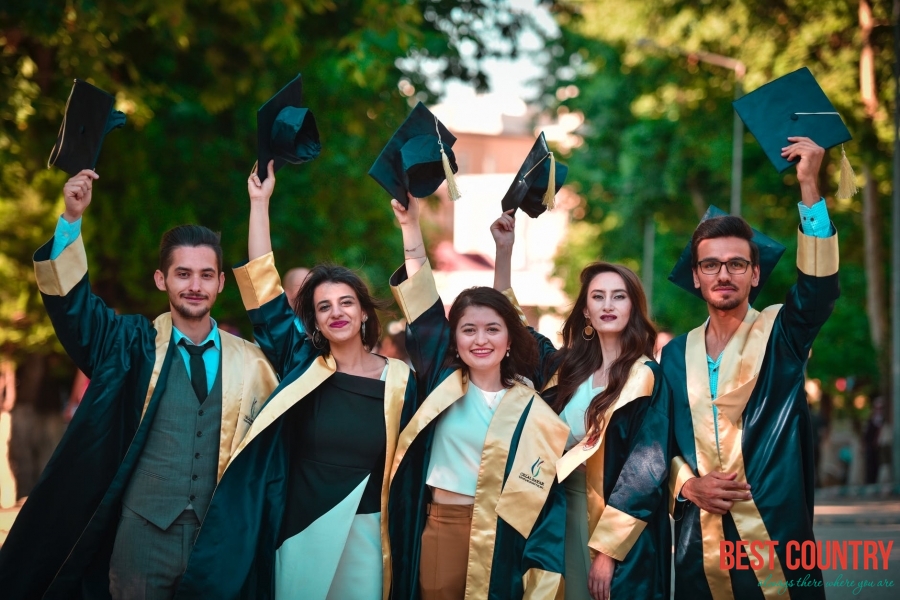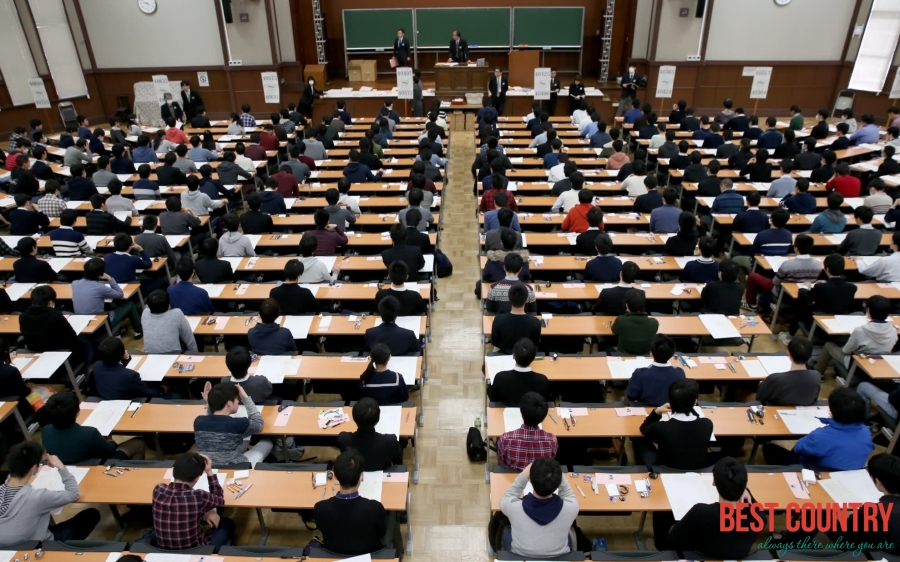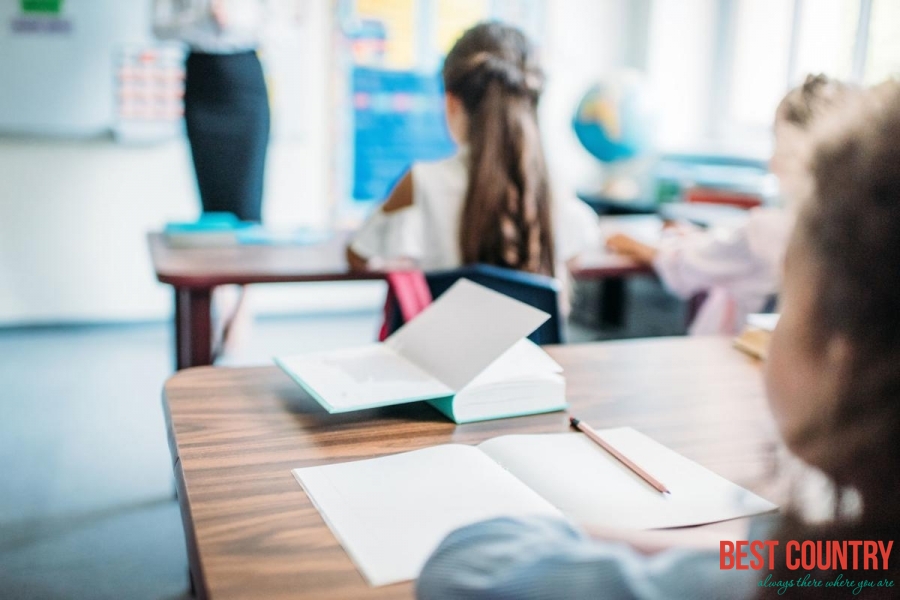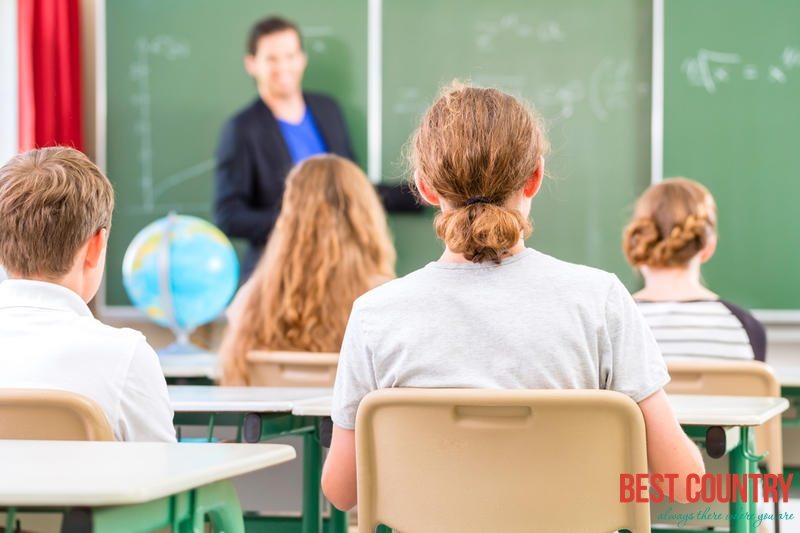Education in the different countries
What is the Education System in Indonesia Like?
The reason why education systems vary so greatly from one country to another is, quite obviously, because of the cultural differences between nations.
Education of Bangladesh
Highest allocations for education in the national budgets during the nineties show that the government has attached topmost priority to human resource development though education.
Education System in Afghanistan
Two education systems exist in parallel in Afghanistan. Religious education is the responsibility of clerics at mosques, while the government provides free academic education at state schools. From age 7 to age 13 pupils attend primary schools where they learn the basics of reading, writing, arithmetic and their national culture.
Education in Algeria
Education is officially compulsory for children between the ages of six and fifteen. Approximately 5% of the adult population of the country is illiterate.
East Timor - Education
Over 90% of all school buildings were severely damaged or destroyed by the Indonesian military and in the exodus of Indonesians out of East Timor, the nation lost 20% of its primary school teachers and 80% of secondary teachers, most of whom are not expected to return.
Education System in Palau
Education in the Micronesian island nation of Palau still follows the American system of Grades K to 12. It is mandatory until either the age of 16 is reached, or graduation from high school is achieved. There are approximately 20 elementary state schools dispersed through villages and islands, where pupils study for 6 years.
Education in the Solomon Islands
Education in the Solomon Islands is not compulsory and only 60 per cent of school-age children have access to primary education
Education in Thailand
The first university in Thailand, Chulalongkorn University, was established in 1917. This was done by bringing together the School of Civil Servants, the Royal Medical College and the Engineering School. In the time since this fairly early start for the region, higher education in Thailand has grown considerably. As of July, 2008, there were 164 higher education institutions under the supervision of the Commission on Higher Education, Ministry of Higher Education. Of these 164 institutions, 78 were public, 67 were private and 19 were cmmunity colleges.
Education of Japan
The Japanese educational system was reformed after World War II. The old 6-5-3-3 system was changed to a 6-3-3-4 system (6 years of elementary school, 3 years of junior high school, 3 years of senior high school and 4 years of University) with reference to the American system. Gimukyoiku (compulsory education) time period is 9 years, 6 in shougakkou (elementary school) and 3 in chuugakkou (junior high school).
Education in Hong Kong
In the past, Hong Kong education was closely modeled on the system that was found in the UK.This is hardly surprising since Hong Kong was administered by Britain from 1841 to 1997, when the former UK colony was handed back to China.
Education in Oman
In the field of basic education, the Government has established a solid basic infrastructure. The education system has adequate capacity to accommodate all school-age children, and claims to provide universal access to basic education.
Education System in Mongolia
Mongolia continues to adhere to the Soviet model of 10 years of school education of which 8 are compulsory, although this is being gradually extended in the direction of the European model.
The Education System in Estonia
Formal education in Estonian is highly important and general education is divided into two stages: the basic education years and the secondary general education.
Education in Scotland
Schools in Scotland are administered by the Scottish Education Department and by local education authorities. For historical and organization information, see GREAT BRITAIN. Elementary and Secondary Schools. In the mid-1980s some 879,000 pupils were attending publicly maintained schools and about 31,900 were in private schools. The transfer from elementary to secondary schools generally takes place at the age of 12. For a discussion on specialized schools, see ENGLAND.
